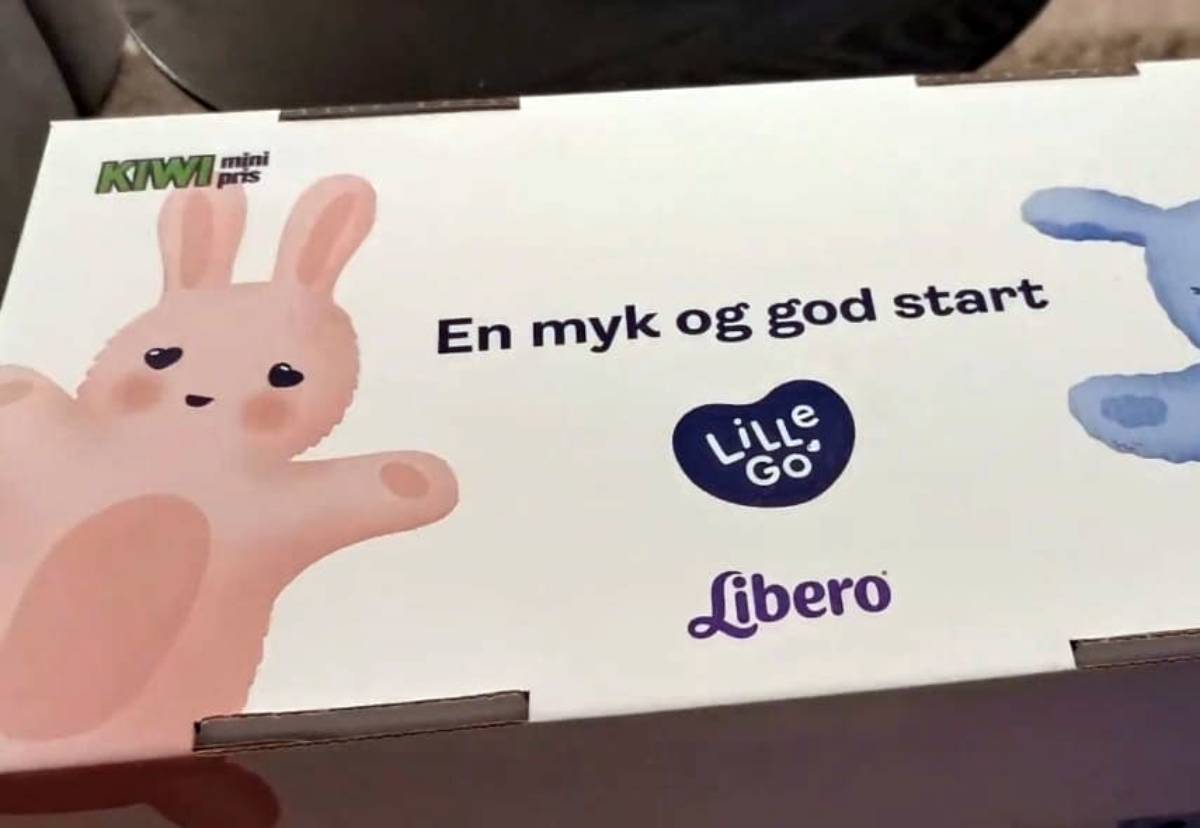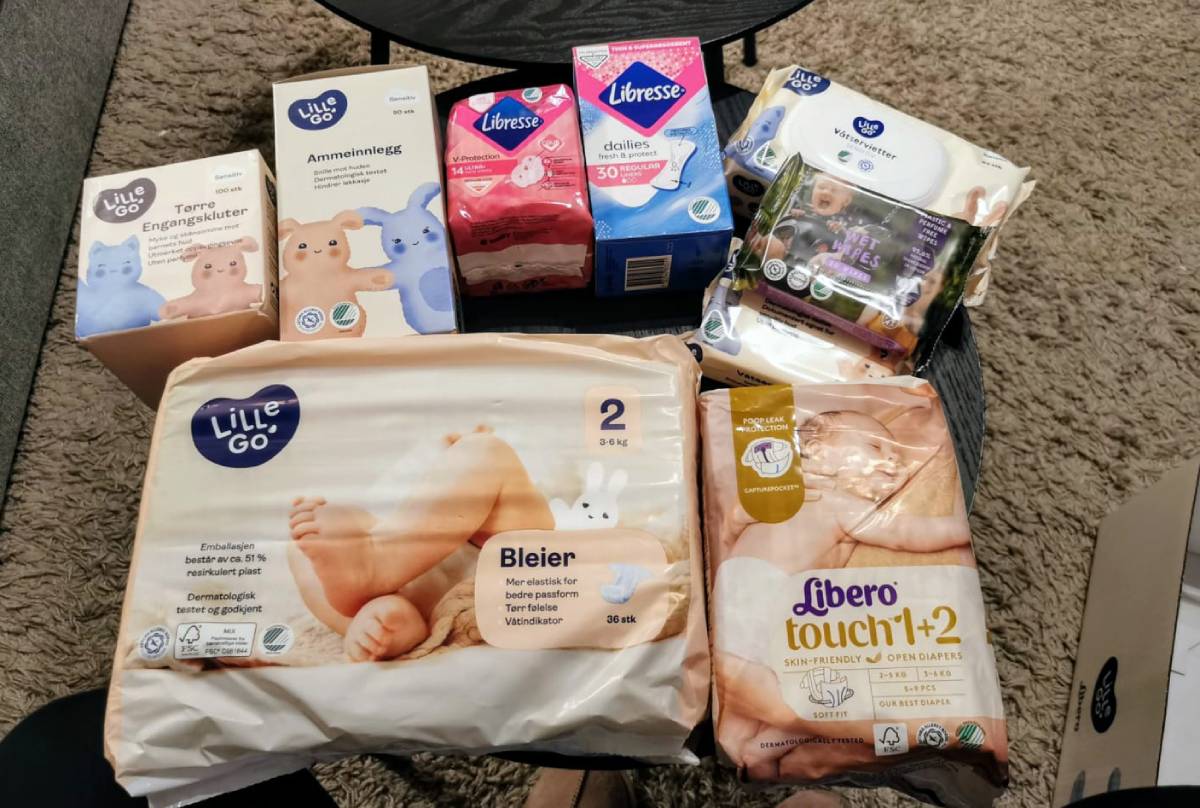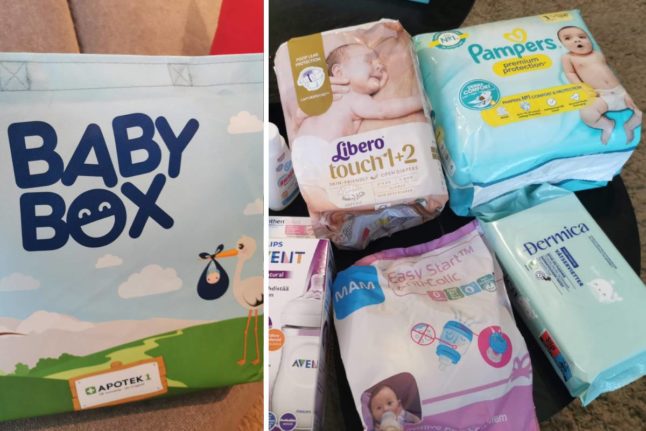Most parents will agree that welcoming a newborn into the world is the most special of occasions. However, it often comes with a high price tag attached.
The cost of essential baby items, from diapers and baby clothes to a car seat and strollers, can quickly add up.
READ MORE: The most important things to do after having a baby in Norway
In parts of Norway, you’ll often hear stories of new parents with a limited support network spending between 50,000 and 100,000 kroner on baby essentials.
Don’t despair, however, as there are numerous strategies available to help you save money on these necessities – especially if you use the months in the run-up to the due date to stock up and prepare.
Tap into your network of friends for borrowed items
One of the best money-saving tips for soon-to-be parents and parents of newborns is to reach out to friends, family members, and even colleagues who are also parents and see if they have baby items they no longer need.
As most parents will tell you, babies tend to grow out of their clothes very quickly, and a number of items – such as high chairs, breast milk pumps, special pillows for breastfeeding, and baby car seats – tend to stop being used after some time and end up in storage (where they wait for the next baby or just stay there and collect dust).
READ MORE: How to make friends with other parents in Norway
Friends will often be more than happy to lend you such items, which means that you’ll often be able to save between 5,000 and 20,000 kroner (especially if you borrow the big ticket items such as car seats or baby chairs) by taking this route.
Hunt for second-hand deals on Finn.no
Norway’s largest online marketplace, Finn.no, is the go-to place to find great deals on a broad range of items – including baby essentials.
There is usually a huge selection of prams and baby beds, so if you filter the results down to gently used baby gear, you’ll be able to save a substantial amount without compromising on quality or safety.
Norwegians and foreigners alike often buy premium prams – such as the ones from the coveted Bugaboo brand – on Finn.no, where you can frequently find them for 5,000 to 8,000 kroner with a complete set of accessories, which means you’ll be looking at saving upwards of 5,000 kroner.
Finn.no is also a great place to find deals on clothes, especially in bundles. For example, you be able to easily find gently used bundles of 30-40 baby items at prices of 200 to 300 kroner.
Compare that to the reality of a single new baby clothing item often setting you back around 300 kroner in the store, and you’ll likely find yourself swiftly adopting the habit of bargain hunting.


Claim free baby packs
Many stores and pharmacies in Norway offer free baby packs containing samples and essential products for newborns.
These offers are usually very generous, and you’d be surprised how many businesses go the extra mile to support new parents.
Major grocery stores, such as REMA 1000 and Kiwi, offer them, as does Apotek 1. Most years, at least two major stores focused on baby items will also have special gift packs (in 2024, Barnas Egen Bokverden had a pack that includes a rucksack, toys, and picture books).
Take advantage of these packs to access complimentary items and try out different brands before making purchases.
Bonus tip: Each year, the webpage babypakker.no updates its master list of all the free baby packs available across the country, so make sure to check what is currently being offered.
Make use of loyalty schemes for diapers and baby essentials
Many retailers offer loyalty schemes with competitive prices on diapers and other baby essentials.
Kiwi, Coop, and REMA 1000 offer members up to 50 percent off on diapers, so make sure to join these programs to access discounts and special offers.
Generally, you’ll see the discounted price right when you’re checking out, and if you’re, for example, a member of REMA 1000’s loyalty program, it will apply to all diaper brands.
READ MORE: How foreigners in Norway raise bilingual kids
You’ll usually need to activate the diaper discount in the program apps before the shopping trip by scanning a QR code using your mobile phone or entering a discount code for diapers in the app.
Considering all these savings strategies, you might be delighted to discover that with a little planning (ideally before the newborn arrives), you could save over 20,000 kroner compared to what you’d spend buying these baby essentials at full price in stores.



 Please whitelist us to continue reading.
Please whitelist us to continue reading.
Member comments